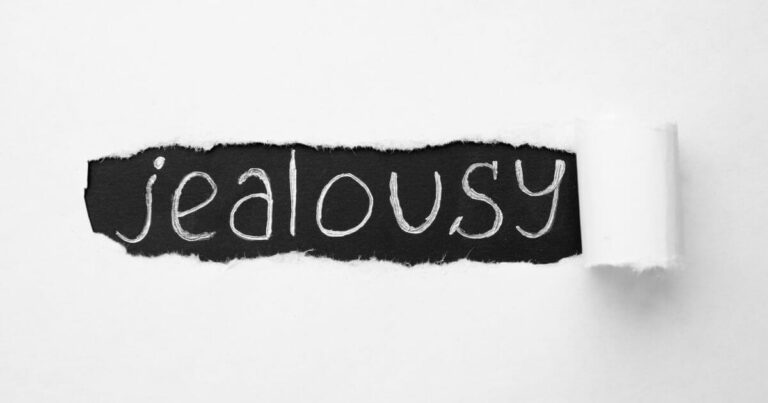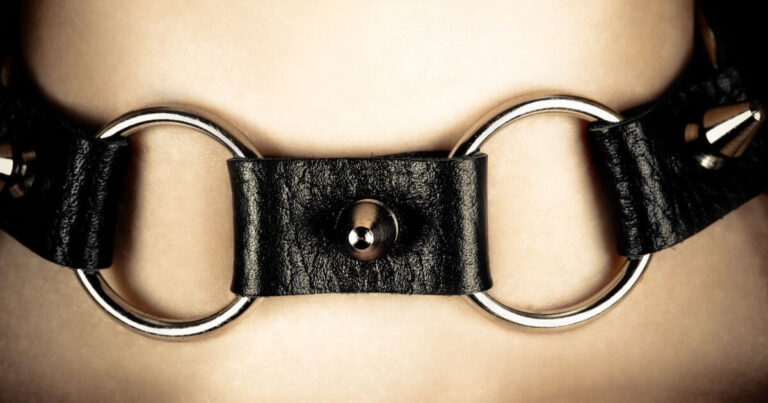Ending a BDSM relationship is never easy. These dynamics often involve deep emotional bonds, intense trust, and layers of vulnerability that go beyond what many experience in more traditional relationships. Whether you are a Dominant, a submissive, or any role within the spectrum of kink, the decision to part ways requires care and intentionality.
Ending a BDSM relationship does not mean failure. Sometimes dynamics evolve, needs change, or incompatibilities emerge. In these moments, choosing to step away is often the most respectful and ethical choice for all involved. However, navigating this process calls for sensitivity, clear communication, and an understanding of the emotional complexities unique to kink relationships.
In this guide, we will explore how to end a BDSM relationship safely and respectfully. You will learn how to prepare for these conversations, how to offer closure and aftercare, and how to support both yourself and your partner through this challenging transition.
Understanding the Emotional Complexity of Ending a BDSM Relationship
BDSM relationships often carry profound emotional weight. Power exchange creates deep layers of trust, structure, and identity. For many, the dynamic becomes a central part of their emotional and even spiritual life.
Ending a BDSM relationship can trigger grief, identity disruption, and feelings of loss that go beyond a typical breakup. Submissives who strongly identify with their role may feel untethered. Dominants may experience guilt or self-doubt. Both partners can feel disconnected from the rituals and emotional anchors that once provided comfort.
Recognizing this complexity can help you approach the breakup with compassion and awareness. It is important to honor the significance of what you shared, even as you acknowledge that the relationship no longer serves both people.
When and Why to Consider Ending a BDSM Relationship
There are many valid reasons for ending a BDSM relationship. Sometimes the dynamic simply runs its course. Other times, ending the relationship is necessary for safety or well-being.
Some signs that it may be time to part ways include:
- Trust has been broken and cannot be repaired.
- One or both partners’ needs are no longer being met.
- The dynamic feels out of alignment with your growth or values.
- Communication has broken down beyond repair.
- Boundaries are being ignored or repeatedly pushed.
- You no longer consent to the dynamic.
It is important to remember that consent is ongoing. You do not need to justify your decision beyond that. Withdrawing consent to the relationship or dynamic is reason enough to end it.
Preparing for the Conversation
Before you begin the conversation about ending a BDSM relationship, take time to prepare yourself emotionally. Ending a dynamic can be deeply charged, and entering the conversation with clarity and grounding will help both parties navigate it with more care.
Consider the following steps:
- Choose a calm, private environment where both parties can speak freely.
- Prepare emotionally for possible reactions, including sadness, anger, or confusion.
- Journal your thoughts or rehearse what you want to say to avoid getting lost in emotion.
- If you fear that the breakup could trigger unsafe behavior, plan for your personal safety. This may include informing a trusted friend, arranging a public or supported setting, or using digital communication if needed.
Approaching the conversation with compassion and clarity sets the tone for an ethical and respectful ending.
How to End a BDSM Relationship with Care and Clarity
When you are ready to have the conversation, be as direct and kind as possible. Avoid blaming language and focus on your own needs and boundaries.
You might say:
“I value what we shared, and I want to honor that. I also know that continuing this dynamic is not right for me anymore. I need to step away from the relationship.”
Be prepared to listen, but maintain your boundaries. It is natural for emotions to arise, and allowing space for them is part of offering closure. However, if the other person begins trying to guilt or manipulate you, it is important to stand firm in your decision.
Ending a BDSM relationship with clarity helps prevent ongoing confusion or mixed signals. Both parties deserve to know where things stand so they can begin to heal and move forward.
Renegotiation vs. Termination
Not every ending needs to mean cutting all contact. In some cases, you may choose to renegotiate the terms of the relationship instead of ending it entirely.
For example, you might move from a formal ownership dynamic to a more casual play partnership. You might decide to end the BDSM dynamic but maintain a vanilla friendship. You might need a temporary pause to reflect before deciding on a new structure.
If you choose to renegotiate, communicate clearly about new boundaries and expectations. Document them if needed. Both parties should fully consent to any new terms rather than falling into unspoken assumptions.
Navigating the Aftermath
After ending a BDSM relationship, it is essential to navigate the aftermath with respect.
Avoid gossiping about the breakup, especially in shared kink spaces. Respect your former partner’s privacy. If you both attend community events, consider discussing how you will manage those spaces to avoid unnecessary tension.
Boundaries may need to be reinforced, especially if one party struggles with letting go. It is okay to set firm limits on communication and contact if needed to support healing.
Remember that healing takes time. The loss of a dynamic can leave an emotional void that will not resolve overnight.
Emotional Support and Aftercare Post-Breakup
Aftercare is not only for scenes. It can be an important part of ending a BDSM relationship, especially if the dynamic involved deep emotional bonds.
Offering aftercare after a breakup might look like:
- A final check-in conversation to offer closure and mutual respect.
- Giving space for both parties to express feelings without blame.
- Providing practical support, such as exchanging belongings or handling community logistics with care.
Beyond the immediate aftermath, ongoing support is also valuable. Consider seeking community connections, support groups, or therapy to process the ending. Journaling can help both Dominants and submissives reflect and integrate the experience.
Recognize that each person’s grief process will look different. Allow yourself to honor the significance of what was shared while giving yourself permission to move forward.
When the Relationship Was Abusive
Unfortunately, not all BDSM relationships are healthy. If you are ending a BDSM relationship because of abuse, coercion, or manipulation, your first priority is safety.
Abuse can occur in any dynamic, including kink relationships. Some signs of abuse include:
- Non-consensual activities or boundary violations.
- Emotional manipulation or gaslighting.
- Isolation from friends, community, or resources.
- Fear of leaving due to threats or control.
If you are leaving an abusive relationship, seek support from trusted friends, community members, or professionals who understand kink dynamics. National hotlines and local domestic violence services can also help, even if your relationship involved consensual kink at one time.
Leaving safely may require a safety plan, secure communication, and temporary distance from the community. Remember that you are never responsible for someone else’s behavior, and seeking support is a courageous act.
Final Thoughts on Ending a BDSM Relationship
Ending a BDSM relationship is a profound act of self-respect and care. It is never easy to part from a dynamic that once brought meaning and connection, but sometimes the most ethical choice is to release it with kindness and clarity.
Honor what you shared, but also honor your present needs and future growth. Ending a BDSM relationship can be a doorway to new understanding, deeper boundaries, and greater alignment with your values.
As you move through this process, give yourself and your former partner the space and compassion needed to heal. Whether you part with a conversation or a simple boundary, approaching the ending with intention makes all the difference.



